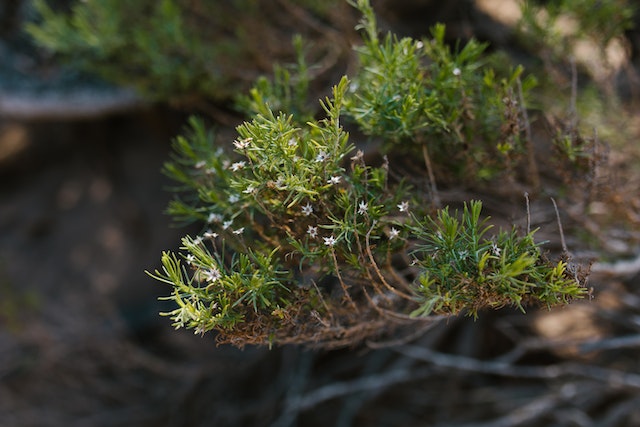The Junipers - All About Trees
This is an excerpt from the Book called “Trees Shrubs & Hedges FOR YOUR HOME”.Continue reading to learn more about The Junipers – All About Trees, thanks to the author.
The Junipers
Juniperus
The junipers are enduring evergreen trees, shrubs, and ground covers with needlelike or scale like leaves that may be gray-blue, green-blue, or light green tipped with gold. Winter cold gives many junipers a purple cast. The cones of the male plants are yellow and resemble catkins; female “cones” are small round blue berries. A few handsome juniper trees make long-lasting landscape plants; however, some are susceptible to blight, so plant only blight-resistant cultivators recommended by a reliable local nursery.

The 50-to 60-foot Chinese juniper (Juniperus chinesis), a handsome, long-lived species, has been much hybridized. It can adapt anywhere in Zones3-9. A cultivar for the Midwest is the broadly pyramidal ‘Keteleeri’, which has green foliage and blue fruits. ‘Spartan’, a fast-growing, densely branched from, reaches 215 to 20 feet high and about 5 feet wide. ‘Kaizuka’ (also known as ‘Torulosa’ and commonly called “Hollywood juniper”) reaches 20 to 30 feet and has a naturally twisted from popular along the California coast. The 15-foot ‘Kaizuka Variegated’ is a mottled yellow.
Native junipers should be used according to their region because they don’t usually do well outside of their area of origin. Rocky Mountain juniper (J.scopulorum) growers best in gardens from British Columbia to California in Zones 3-7. It is a narrow pyramidal tree, 30 to 40 feet tall, with several colorful cultivars. ‘Blue Heaven’ and ‘Gray Gleam’ are smaller varieties named for the color of their foliage. ‘Skyrocket’ is a narrow 20-foot tree.
‘Tolleson’s Blue Weeping’, a silvery blue weeping juniper, reaches about 20 feet tall.
The best juniper for Midwestern and eastern states, Zones 2-9, is the native Eastern red cedar (J.virginiana). A dense 40-to 50-foot tree, there are both pyramidal and columnar forms. The cultivar ‘Burkii’, which is about 30 feet tall, has a good blue color that is tinted purple in winter. The hardy ‘Canaertii’ is yellow-green in spring and dark green in winter ‘Grey Owl” has soft silvery gray foliage.
There are excellent ground covers among the cultivars of the blue-green Sargent juniper (J.c. variety sargentii), hardy to Zones 3 or 4-9. These are mounding plants 2 to 3 feet tall that spread 8 to 10 feet. ‘Glauca’ has feathery blue-green leaves.


The asymmetrically branches 5-to 10- feet Pfitzer cultivars are especially graceful and are available in several sizes and hues. The new branch tips of ‘Pfitzerana Aurea’ are tipped with gold. ‘Hetzii Glauca’ has frosty blue foliage. Gray-green ‘Pfitzerana Compacta’ grows to about 3 feet. Blue-green ‘Sea Spray’ stays under 1 foot tall.
Shore juniper (J. conferta) is a vigorous trailing plant 1 to1 ½ feet high with dense bluish green foliage. It flourishes in sandy soils and harsh seaside conditions in Zones 5-9. ‘Blue Pacific’ has exceptional winter color. ‘Emerald Sea’ is hardier and a little taller.
Creeping juniper (J.horizontalis), hardy in Zones 3-9, stays well under a foot high and spreads 8 to 12 inches per year. It has immense silver-blue foliage that takes on a purple cast in winter. In southern California, it is outstanding among the prostrate junipers. Six-inch-tall ‘Wiltonii” is one of the finest trailing junipers.
The 2-to 3-foort single-seed juniper (J.squamata ‘Blue Star’) is used in Zones 4-7 in rock gardens and as striking, defining low border plants.
Culture: a spreading root system makes container-grown junipers easy to transplant in spring or fall. Most species thrive in moist soil with some coarse sand added and prefer pH 5.0 to 6.5. They require full sun.


